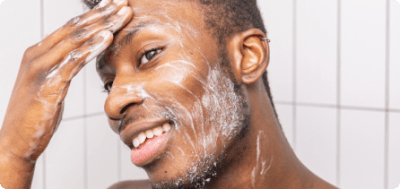
Octinoxate
Octinoxate/Ethylhexyl Methoxycinnamate is a synthetic UV filter used in sun care products to provide protection against UVB light. Other ingredients in the class of synthetic UV filters include bis-ethylhexyloxyphenol methoxyphenyl triazine, butyl methoxydibenzoylmethane, ethylhexyl salicylate, ethylhexyl triazone, homosalate, octisalate, octocrylene and triazine diethyl butamidotriazone.
What is Octinoxate?
A clear, oil-soluble, liquid and one of the most commonly used synthetic sunscreen ingredients. It protects against UVB light therefore offering SPF protection to the skin.
What does Octinoxate do?
As with other synthetic UV filters, it works by absorbing UVB light in the outer layers of the epidermis, then converting it into heat (to neutralise the energy which can lead to cell damage), and scattering it away from the body. It is only able to block against wavelengths of UVB light (290-320 nm), so needs to be used in conjunction with other UVA filters in order to offer broad-spectrum sun protection.
Who is Octinoxate good for?
If any of the following apply Octinoxate might be a good option for you:

Who should avoid Octinoxate?
If any of the following apply it might be best to avoid Octinoxate:




Complete our quick quiz, then upload photos or book a video call (priced at £20 or £35)


Our award-winning AI analyses your skin before your aesthetician creates your personalised routine


Message your aesthetician with any questions and check-in as your skin changes for ongoing advice

